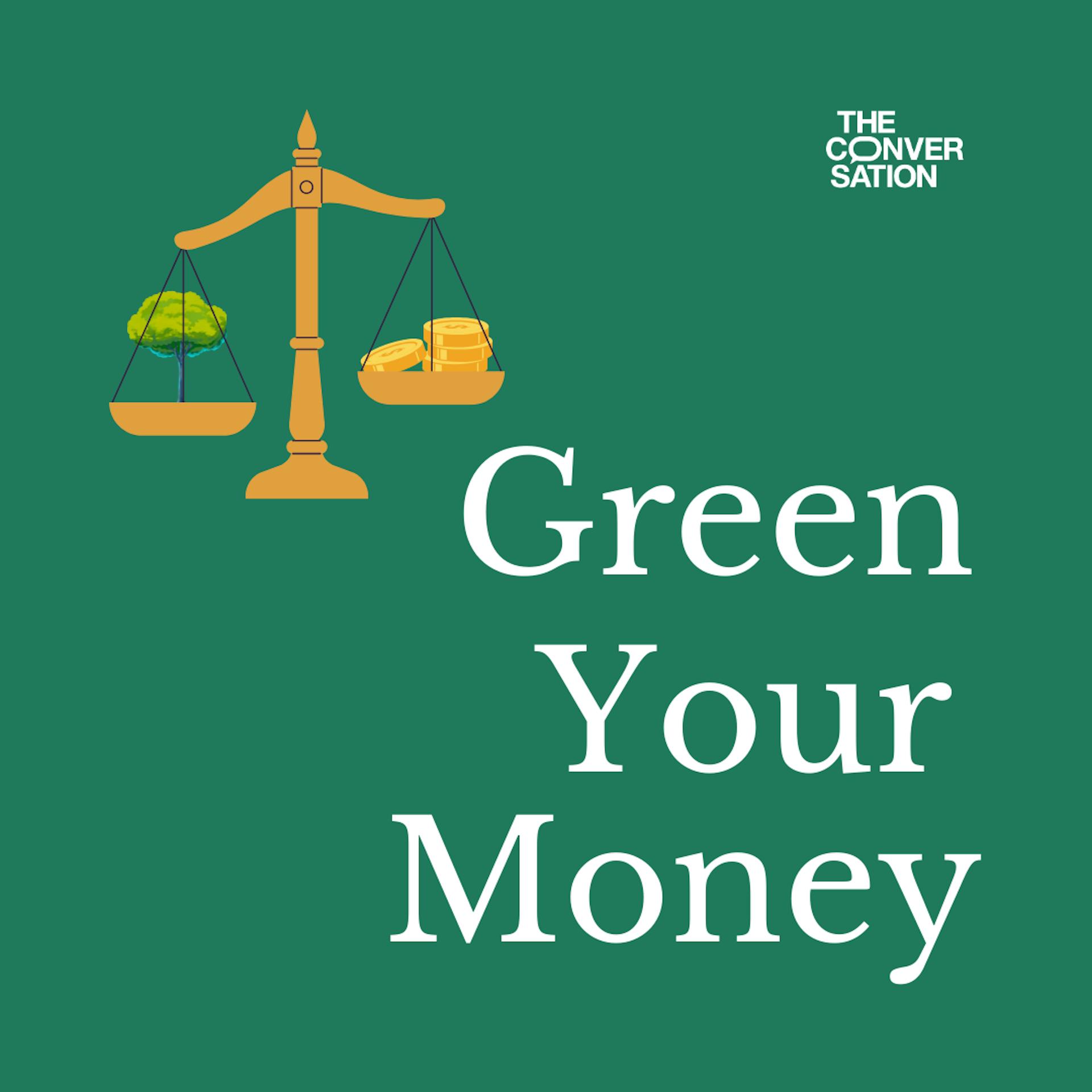
How To Green Your Money
Have you recycled today? Opted to walk or get public transport instead of taking the car? We all make dozens of small choices every day, each with environmental pros and cons. Very often, these choices come down to how and where we as consumers spend our money. But one thing we probably don't think about much is what our cash is doing when we're not spending it.
Everyday bank deposits by“ordinary” people are a quiet powerhouse of potential for environmental change. In the UK alone, billions of pounds are deposited every month. Most of this cash is swirling around in the global economy, supporting industry and innovation, as well as individuals. The uncomfortable truth, though, is that this investment might be pumped into environmentally or socially damaging sectors that we wouldn't support in our day-to-day lives.

Ever wondered how to spend or invest your money in ways that actually benefit people and planet? Or are you curious about the connection between insurance and the climate crisis?
Green Your Money is a new series from the business and environment teams at The Conversation exploring how to make money really matter. Practical and accessible insights from financial experts in the know.
When it comes to shifts towards greener living, consumers wield huge amounts of power. After all, they can determine which companies – and cultures – thrive. But beyond consumer spaces like the supermarket or the car showroom, it's banks that decide how and where much of the world's money enters the economy and which sectors benefit.
Styliani Panetsidou and Angelos Synapis are finance experts at the Centre for Resilient Business and Society at Coventry University. They say that in this age of climate crisis, decisions on where banks lend our money are immensely powerful.“To put it simply,” they say,“lending for housing can expand the property market, financing renewable energy can support low-carbon infrastructure, while funding coal mines or oil and gas extraction may risk locking in future carbon emissions over decades.”
Banks want returns, though. Historically, oil and gas have provided these. But in this sector too, the power of the consumer is becoming more evident and transparency around investments is slowly improving. Panetsidou and Synapis add:“With this in mind, perhaps it is time to consider whether the bank we select could subtly influence environmental outcomes.”
Read more: Your essential guide to climate finance
Misplaced loyalty?But still, investments in low-carbon energy companies fall short of those pumped into oil, gas and coal. There are banks out there that exclude fossil fuels from their loans and investments, but they're not the default. Part of the problem could be that the consumer-bank relationship is often settled quite early in life. It's even been said that we're more likely to break up with our partner than with our bank.
This psychological inertia around banking has a strong grip, despite the potential for a simple switch to cut our environmental impact. Marcel Lukas, banking and finance expert at the University of St Andrews, says that despite systems that make changing banks easy and secure, it's still not a transition that most consumers are likely to make.“The process works, but behaviour lags.”
He suggests three psychological hacks to rewire our preference for stability – and these behavioural changes can extend beyond banking. Lukas says they can“also shape decisions about savings products, energy tariffs and mobile contracts – choices that all come with environmental consequences”.
Hurricane damage on Jamaica in 2024. Deron Levy/Shutterstock Paying a premium
The intersection between climate and finance is rarely so evident as in the world of insurance. Extreme weather events aren't just devastating for households and property owners, surging levels of weather-related claims are pushing the insurance industry to breaking point.
Repeated claims can leave homeowners sitting in a property that's uninsurable and unmortgageable. The knock-on from this is falling house values, and a looming threat to the wider financial system worldwide.
Read more: How extreme weather will affect the insurance and energy sectors
Meilan Yan, financial economist, and water engineer Qiuhua Liang, of Loughborough University, say the clear warning signs aren't being heeded.“Unless lenders adopt climate-adjusted risk models that integrate physical hazards such as flooding, storms and heatwaves,” they explain,“they risk underestimating the true exposure of their mortgage portfolios.”
The consequences go beyond the individual tragedy of a flood-ravaged home, while at the same time extreme weather events are no longer exceptional:“Traditional financial crises follow cycles of growth, downturn and recovery, but climate risk moves in only one direction.”
Don't have time to read about climate change as much as you'd like?
Get a weekly roundup in your inbox instead. Every Wednesday, The Conversation's environment editor writes Imagine, a short email that goes a little deeper into just one climate issue. Join the 45,000+ readers who've subscribed so far.

Legal Disclaimer:
MENAFN provides the
information “as is” without warranty of any kind. We do not accept
any responsibility or liability for the accuracy, content, images,
videos, licenses, completeness, legality, or reliability of the information
contained in this article. If you have any complaints or copyright
issues related to this article, kindly contact the provider above.


















Comments
No comment